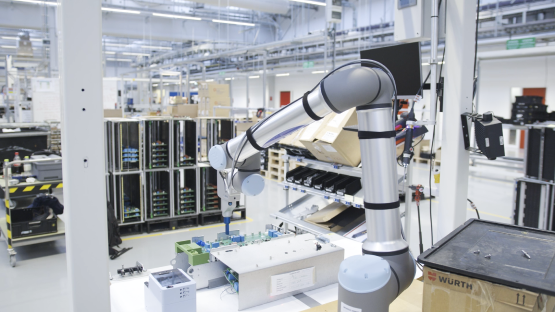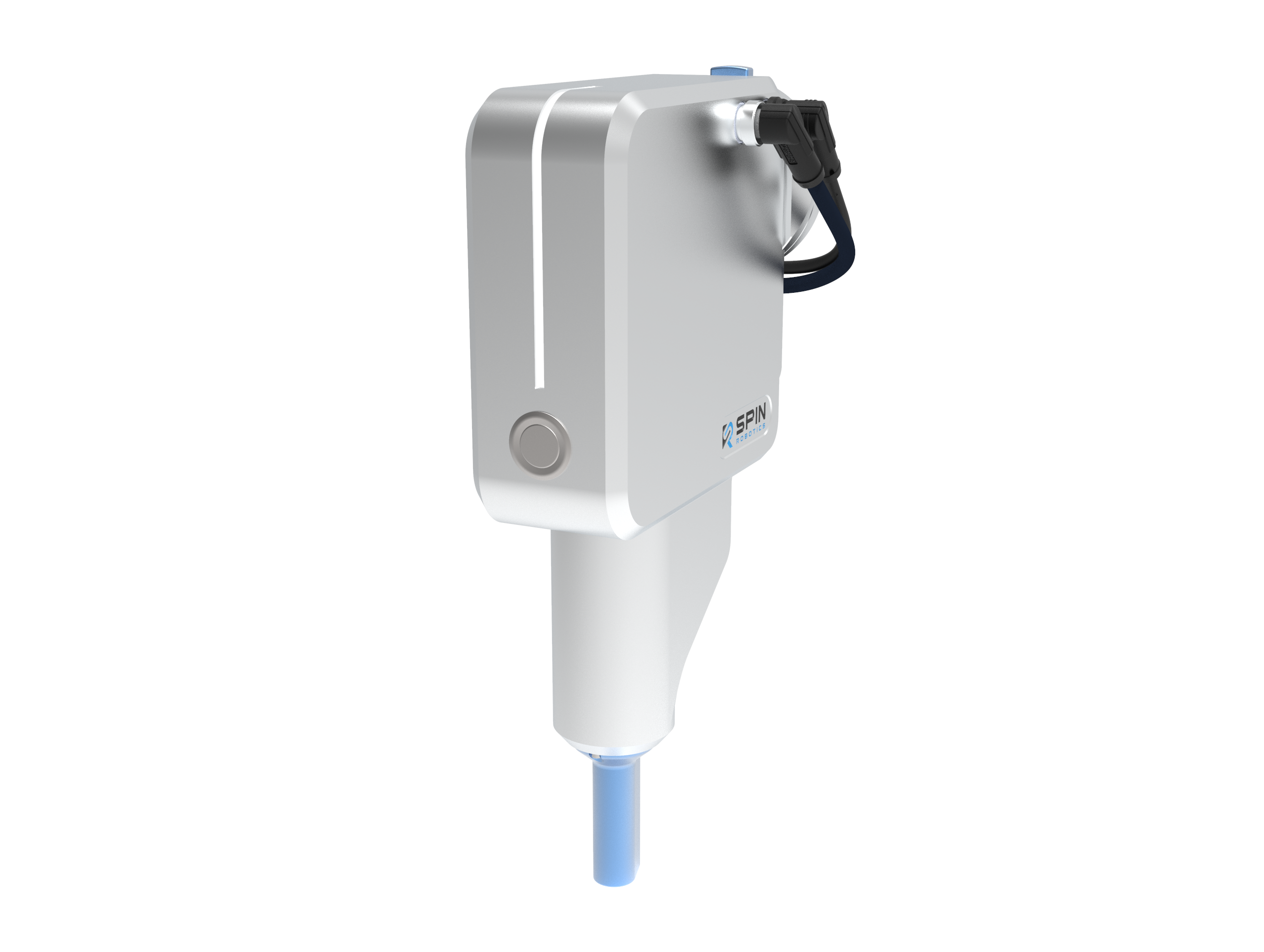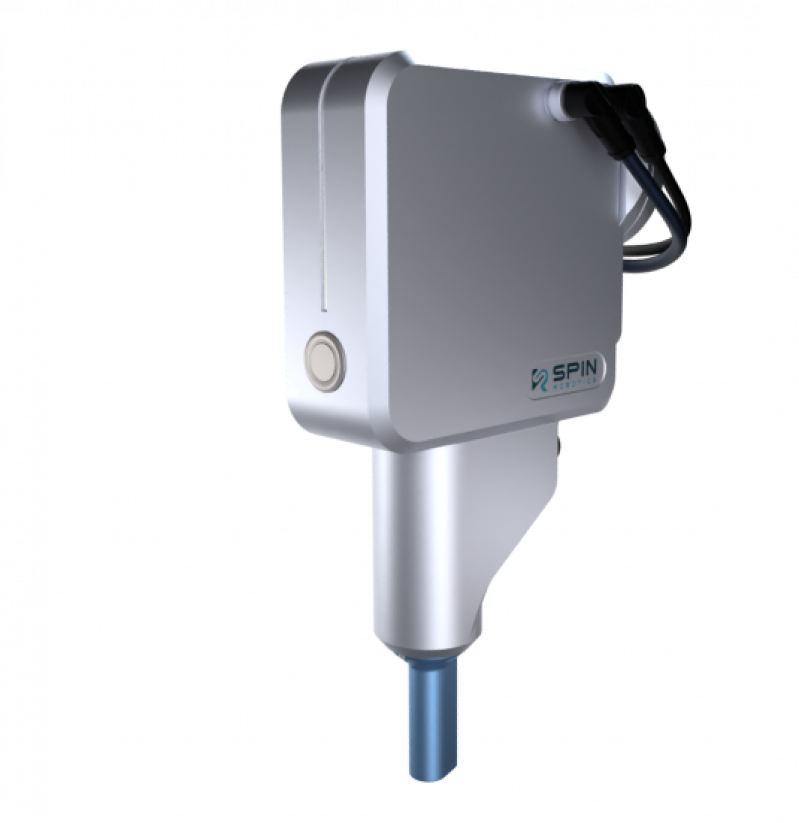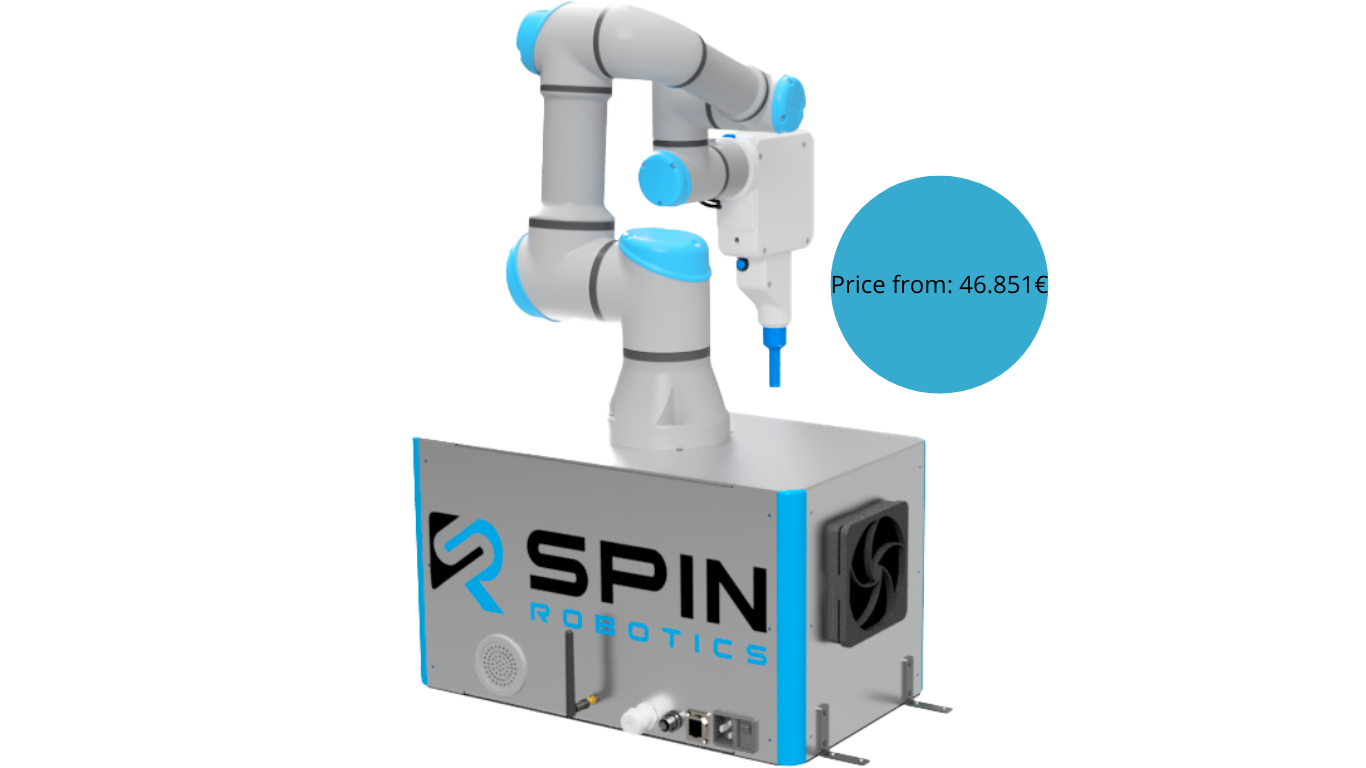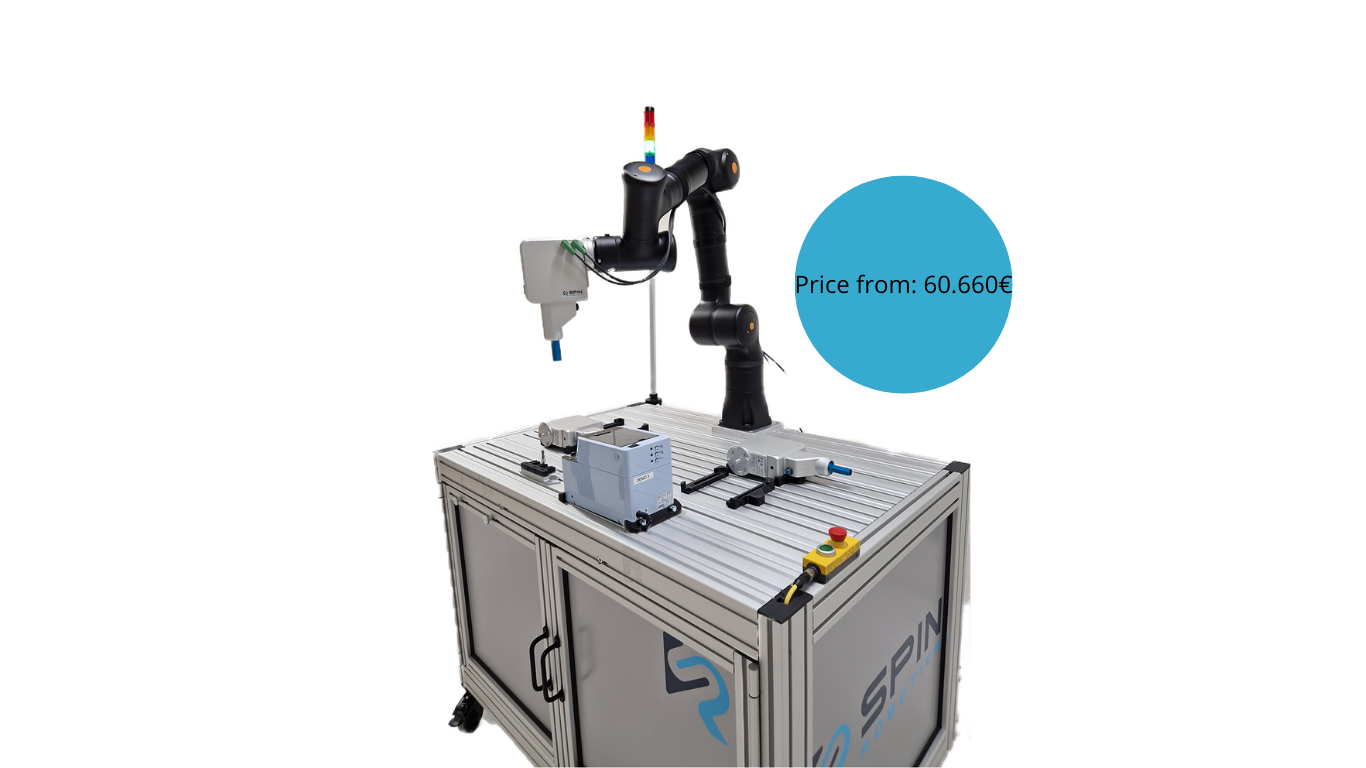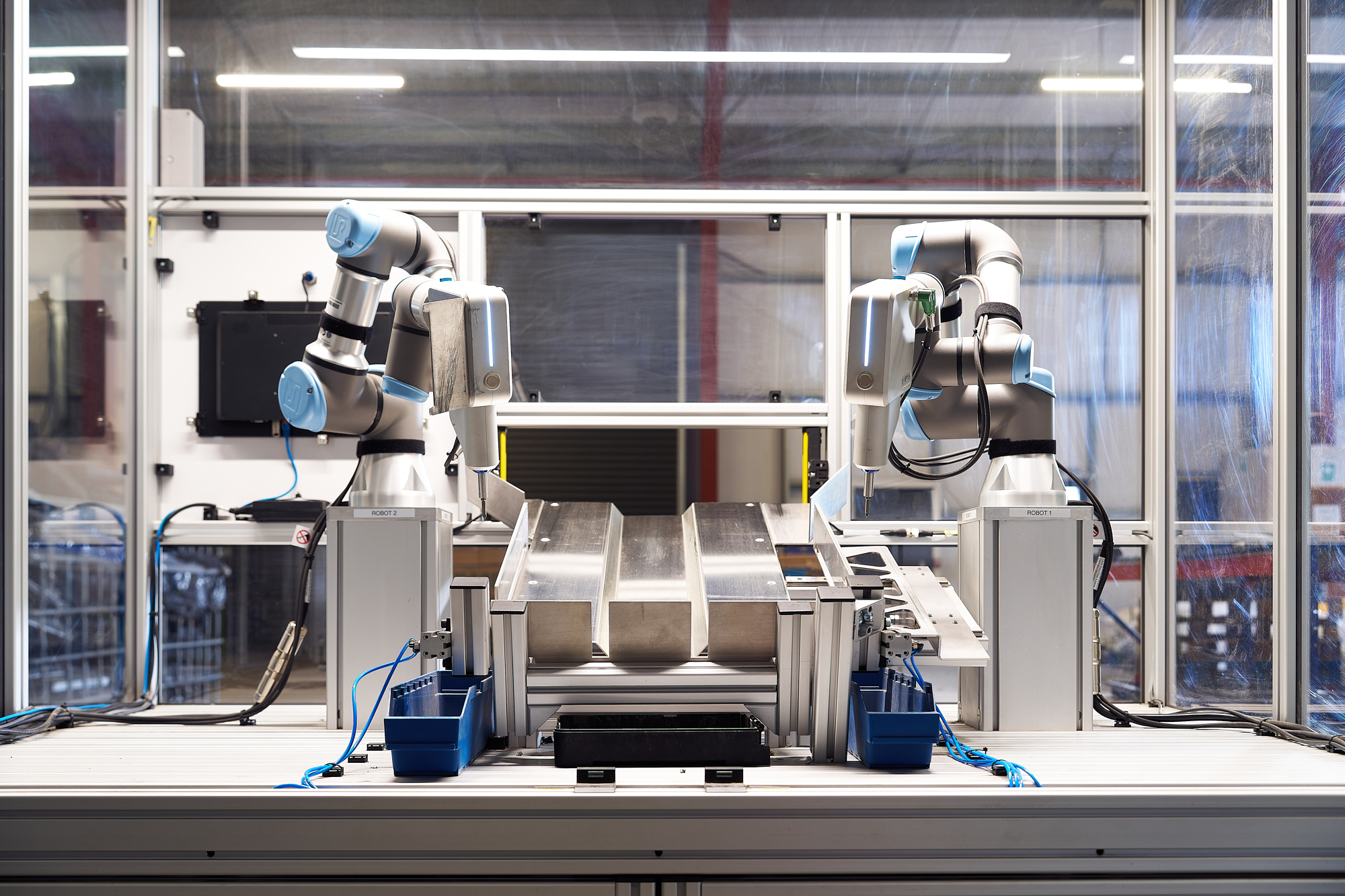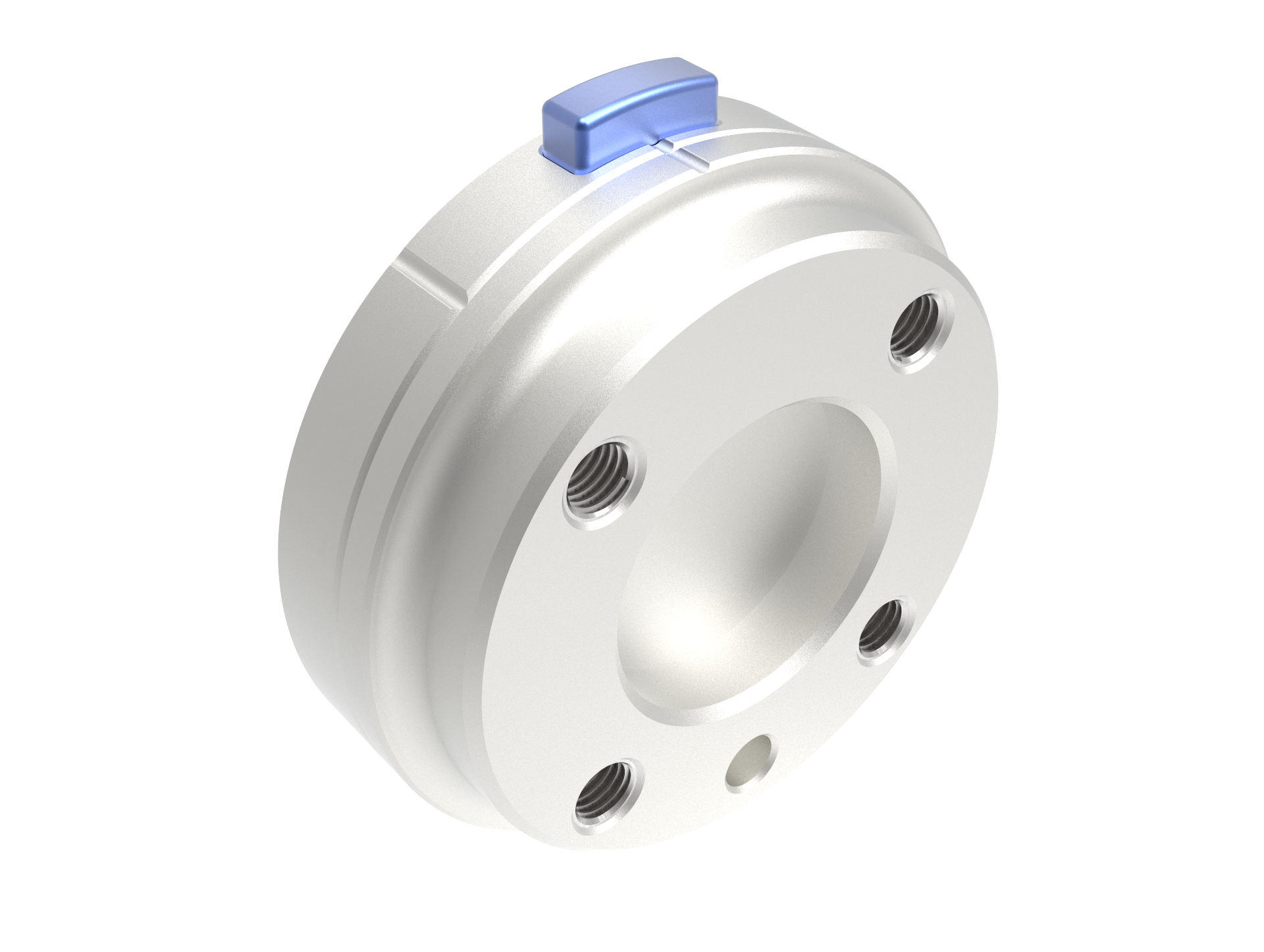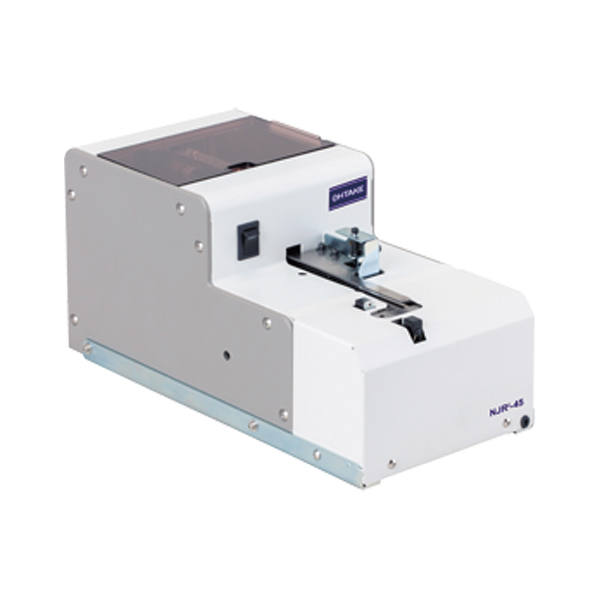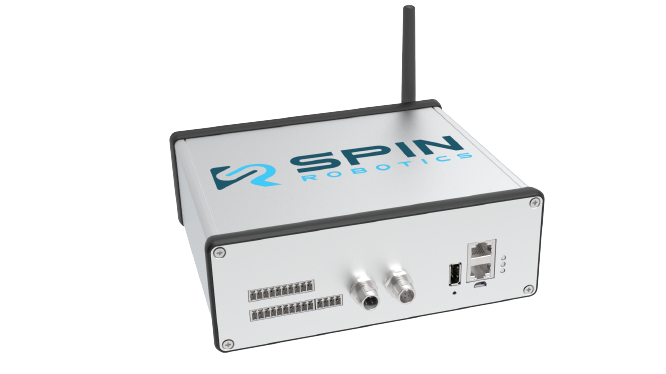Robot Screwdriving Solutions are Enhancing Speed, Precision, and Safety in Assembly
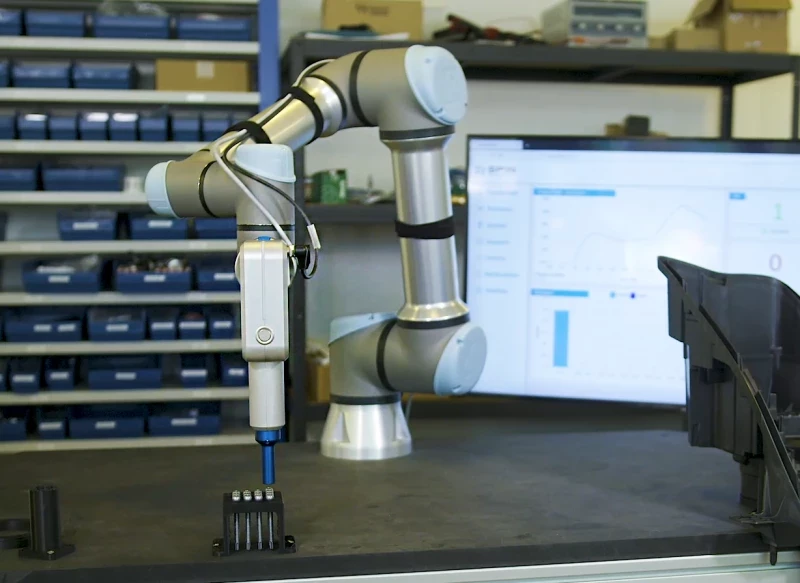
Robotic screwdrivers are changing how manufacturers handle assembly tasks. These smart tools combine precision engineering with automated control to make assembly operations safer and more efficient. They solve common problems like inconsistent screw tightening, worker fatigue, and quality variations that often occur with manual assembly.
Manufacturing teams now rely on robotic screwdrivers to handle repetitive fastening tasks. These systems apply exact torque every time, which means better product quality and fewer mistakes and scrap. For workers, this means less strain on their hands, wrists, elbows and shoulders while maintaining high production standards.
The shift toward automated screwdriving brings clear advantages. Companies report higher output, better consistency, and improved worker satisfaction. As manufacturing continues to advance, robotic screwdrivers stand out as essential tools for modern assembly operations.
Key Benefits of Robotic Screwdriver Solutions
Robotic screwdrivers bring major improvements to assembly operations. Here are the key advantages:
Consistent Torque Control
- Perfect force every time
- No over-tightening or loose screws
- Prevents damage to parts and materials
Speed That Matters
- Up to 5x faster than manual screwdriving
- No breaks needed
- Runs around the clock
Precision You Can Trust
- Hits exact positions repeatedly
- Tracks every screw placement
- Spots problems right away
Worker Safety First
- Stops repetitive strain injuries
- Reduces physical stress
- Ensures the highest safety features for workers
Better Quality Control
- Records all screwdriving data
- Catches mistakes instantly
- Makes products more reliable
These benefits lead to smoother operations, happier workers, and better products. The numbers show it - companies using robotic screwdrivers see up to 90% fewer assembly errors and 40% faster production times.
Robotic Screwdriver Solutions are Used Across Various Industries
Robotic screwdriver solutions are making a significant impact in multiple manufacturing sectors. In electronics manufacturing, these robots handle delicate components with precision, assembling smartphones, laptops, and circuit boards without damage. The automotive industry uses robotic screwdrivers to attach panels, install interior components, and secure critical safety features with exact torque specifications.
Furniture manufacturers rely on these robots to join components consistently, ensuring each piece meets quality standards. In appliance manufacturing, robotic screwdrivers excel at repetitive tasks like securing panels on washing machines or assembling refrigerator components. Industrial equipment assembly benefits from automated screwdriving through improved consistency and reduced assembly time.
Key applications include:
- Circuit board assembly
- Vehicle door and panel installation
- Cabinet and furniture assembly
- Home appliance production
- Heavy machinery construction
These solutions work especially well for tasks requiring consistent torque, precise positioning, or handling in tight spaces where human access is difficult.
ROI and Performance Metrics
With a robotic screwdriver solution you deliver clear financial benefits and performance gains for manufacturing operations. Companies using these systems report 40-60% lower labor costs through automated assembly. Production speeds increase up to 200% compared to manual screwdriving, with one robot able to handle the workload of several human operators.
Quality metrics show significant improvements:
- 95% screw placement accuracy
- 37% reduction in assembly defects
- Zero torque-related failures
The systems require minimal maintenance, cutting repair costs 75% versus traditional power tools. Modern robotic screwdrivers use 30% less energy than older automation solutions while delivering higher output.
Key ROI highlights:
- Typical payback period: 12-18 months
- 5-year cost savings: $150,000-$300,000 per unit
- Production capacity increase: 1-2x
- Scrap reduction: 70%
These measurable gains make robotic screwdriving a smart investment for manufacturers focused on efficiency and quality. The combination of lower operating costs and higher throughput creates compelling long-term value.
Integration and Implementation of a Robotic Screwdriver Solution
Robotic screwdrivers fit smoothly into existing production lines with minimal disruption. The setup process takes just hours, not weeks, thanks to user-friendly interfaces and plug-and-play components.
These systems offer flexible programming options through simple teach pendants or offline software. Operators can quickly adjust settings for different screw types, torque requirements, and assembly patterns. The robots work well with standard industrial protocols and by using the build in OPC-UA easily connect to most manufacturing equipment.
Built-in safety features include:
- Force sensing to prevent damage
- Emergency stop buttons
- Emergency stop safety systems
- Hand Guided teach-up
- Automatic fault detection
Most workers learn to operate these systems in 1-2 days through hands-on training. The intuitive controls mean even staff with no robotics experience can manage daily operations confidently.
Key integration benefits:
- Short installation time
- Simple programming interface
- Compatible with all robotics brands
- Comprehensive safety systems
- Short learning curve for operators
This combination of easy setup, flexible operation, and strong safety measures helps companies start seeing results right after implementation.
Future Developments
Robotic screwdrivers are getting smarter and more capable. Here's what's coming next in this exciting field:
AI-Powered Precision
Smart algorithms now help robots adjust their screwing force and angle in real-time. This means better results, even with tricky materials or positions.
Enhanced Sensing
New sensors let robots "feel" and "see" better than ever. They can spot problems early and make quick fixes without human help.
Team Players
Modern robotic screwdrivers work smoothly alongside humans. They handle the tough, repetitive tasks while people focus on complex decision-making and quality checks.
Connected Systems
These robots plug right into factory networks. They share data about each screw, helping managers track quality and spot trends. This makes it easy to improve processes over time.
New Uses
Companies are finding fresh ways to use these robots. From tiny electronics to large machinery, robotic screwdrivers are tackling more jobs than ever before.
This technology keeps improving, making assembly work safer and more efficient for everyone involved.
Conclusion
A robotic screwdriver solution will deliver clear benefits for manufacturing operations. These systems boost production speed while maintaining perfect consistency in torque application. Workers gain protection from repetitive strain injuries, and companies see major improvements in product quality.
The numbers tell a compelling story:
- 95% screw placement accuracy
- 30-50% reduction in assembly time
- Zero quality defects from improper torque
- decrease in repetitive motion injuries
For manufacturers looking to strengthen their operations, robotic screwdrivers offer a practical path forward. The combination of enhanced precision, worker safety, and production efficiency makes these systems a smart investment. As automation technology continues advancing, robotic screwdrivers will remain essential tools for modern assembly operations.
The evidence is clear - robotic screwdrivers transform manufacturing through reliable, precise, and safe assembly processes that benefit both companies and workers.

